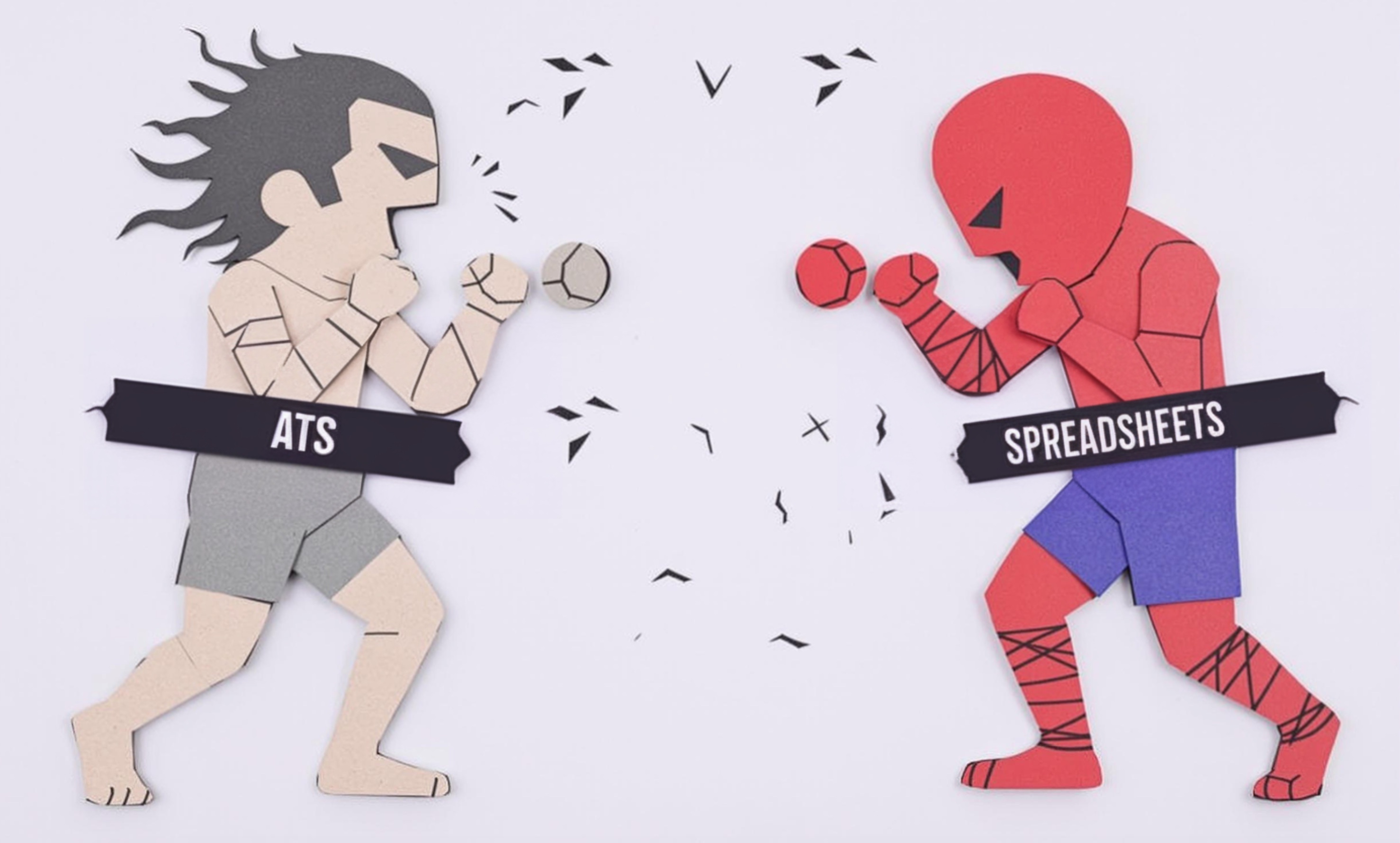
R Chart
An R Chart, also known as a Range Chart, is a simple but powerful tool used in quality control to monitor and track how much variation exists in a manufacturing or business process. Think of it as a graph that helps quality control professionals spot when products or processes are becoming too inconsistent. It's part of a family of tools called Statistical Process Control (SPC) charts that help maintain product quality. The "R" stands for "Range," which means the difference between the highest and lowest measurements in a sample. Quality control professionals use R Charts alongside other charts (like X-bar charts) to make sure products meet quality standards and to catch potential problems before they become serious issues.
Examples in Resumes
Created and implemented R Chart systems to reduce product defects by 25%
Trained production staff on using R Chart and Range Chart analysis for daily quality monitoring
Led quality improvement initiative using R Chart monitoring to maintain consistent product specifications
Typical job title: "Quality Control Engineers"
Also try searching for:
Where to Find Quality Control Engineers
Professional Organizations
Online Communities
Job Resources
Example Interview Questions
Senior Level Questions
Q: How would you implement an R Chart system in a facility that has never used statistical process control before?
Expected Answer: A strong answer should discuss training needs, selecting appropriate measurement points, establishing baseline measurements, setting control limits, and creating procedures for responding to out-of-control situations. Should also mention employee buy-in and training strategies.
Q: What factors would you consider when setting up control limits for an R Chart?
Expected Answer: Should explain how to calculate reasonable control limits based on historical data, industry standards, and customer requirements. Should mention the importance of balancing tight control with practical manufacturing capabilities.
Mid Level Questions
Q: How do you interpret patterns in an R Chart?
Expected Answer: Should be able to explain what different patterns mean - such as trends, shifts, and cycles - and what typical actions should be taken when these patterns appear.
Q: What's the relationship between R Charts and X-bar Charts?
Expected Answer: Should explain how these charts work together - R Charts showing process variation and X-bar Charts showing average measurements - and why both are important for complete process control.
Junior Level Questions
Q: What is an R Chart and when would you use one?
Expected Answer: Should be able to explain that an R Chart tracks variation in a process and is used to monitor consistency in manufacturing or service processes.
Q: How do you collect data for an R Chart?
Expected Answer: Should demonstrate understanding of basic sampling methods, measurement techniques, and the importance of consistent data collection intervals.
Experience Level Indicators
Junior (0-2 years)
- Basic data collection and charting
- Understanding of quality measurements
- Basic statistical concepts
- Use of quality control software
Mid (2-5 years)
- Analysis of control charts
- Process improvement implementation
- Quality control program maintenance
- Team training and coordination
Senior (5+ years)
- Advanced statistical analysis
- Quality system design
- Process optimization
- Department management
Red Flags to Watch For
- No understanding of basic statistics
- Cannot explain sampling methods
- Unfamiliar with control limits concept
- No experience with quality control software
- Poor data analysis skills
Related Terms
Need more hiring wisdom? Check these out...

The Cryptic Secrets of Data-Driven HR: Metrics that Actually Matter (and Some That Might Make You Laugh)

Beyond Spreadsheets: Why Executive Dashboards in ATS Systems Are Your Secret Hiring Weapon

Why Your Hiring Spreadsheets Are Secretly Sabotaging Your Recruitment

